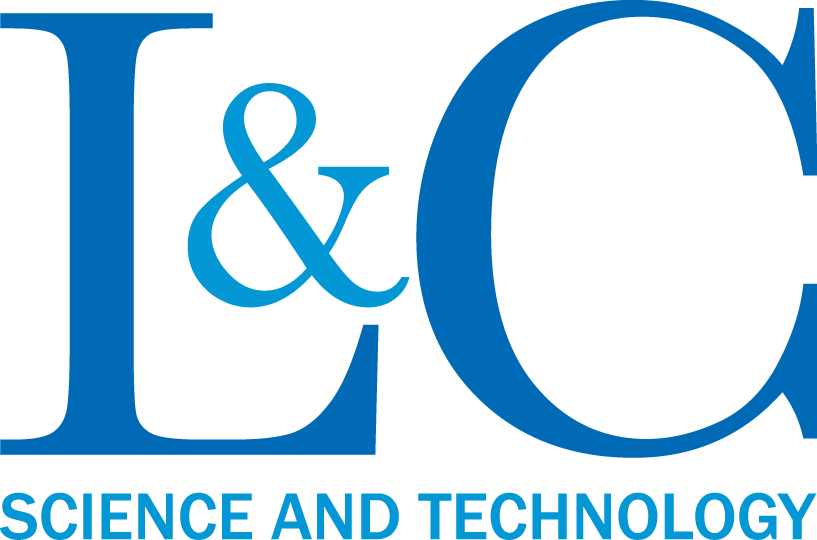The main technologies for separating mixtures of gases or vapors are absorption in liquids, membranes, and adsorption-based separations.
Membranes rely on selective permeation of one or more gas species through specially designed membranes. The driving force for membrane separations is the difference in par al pressures (chemical potentials) of permeate species across the membrane. Maintaining this pressure difference can lead to high operational costs of compression and/or vacuum systems. Membranes of insufficient permeability require high membrane areas and may have large or unwieldy footprints. An ideal membrane would have high selectivity and high permeability, but selectivity and permeability are usually inversely correlated, so membrane separations are frequently performed in multiple (capital-intensive) stages. Membranes are subject to fouling and mechanical degradation, leading to potentially short lifetimes and thus to high capital costs.
Absorption in liquid solvents is the most widely established method of capturing CO2 from flue gas or sweetening (removing H2S from) natural gas. In both cases, proprietary formula ons of liquid amines in aqueous solution are the most common solvents. Removing captured CO2 from the liquid absorbent (“regeneration” the solvent) involves heating the en re mass of liquid, including the aqueous component, resulting in high opera on energy costs compared with adsorption-based approaches. The amines in the solvent are frequently extremely toxic and undergo chemical reac ons that produce environmentally unfriendly by-products that inevitably escape to the ambient. If significant quantities of solvent or degradation products escape, the net environmental benefit of these processes becomes questionable. Capital and operating costs of liquid absorption systems for CO2 or H2S removal are high compared with those of adsorption-based removal systems.
Adsorption is the attraction of molecules in the gas, liquid, or vapor phase to solid surfaces. The gas, liquid, or vapor molecules are called adsorbates (aka sorbates), while the solids are called adsorbents (aka sorbents) and are generally highly porous so as to contain large surface areas within small volumes. Different sorbates are attracted to a particular sorbent with different affini es and at different rates; this forms the basis for many commercial gas separation processes, e.g., air separation for oxygen generation, contaminant removal from natural gas streams, detection of radioactive isotopes, etc.
Most commercial gas separation processes use cheap and highly porous materials such as activated carbons or zeolites as sorbents. For smaller scales or more specialized applications, more expensive materials such as metal-organic frameworks (MOFs) may be used. The search for new sorbents or new applications for known sorbents is a very active field of materials research. The adsorption performance of sorbents is frequently measured under idealized conditions at lab scale. Choosing the right sorbent material does not by itself guarantee the success or economic viability of a separation process. Process research is required to characterize whether a promising material can indeed effect the separation in real life.
Adsorption-based gas separation processes typically take place in fixed beds (reactors) packed with sorbates, through which the gas mixture is fed. Depending on the application, the sorbent and process conditions are chosen to retain either the contaminants or the gas of interest in the bed. Once the bed is full, no further separation takes place. Therefore, for a continuously operating separation process, a minimum of two beds are required, with one bed adsorbing while the other is being regenerated (cleaned). Regeneration the bed entails desorbing its gas/vapor contents, either by application of heat (temperature-swing adsorption, TSA) or by decreasing pressure (pressure-swing adsorption, PSA). If pressure is decreased below ambient, this is called vacuum-swing adsorption (VSA). Temperature and pressure/vacuum swing can, of course, be used in conjunction to increase the swing capacity of a sorbent bed, thus decreasing its size (and cost) for a given gas flow rate. TVPSA processes are thus inherently unsteady, cyclical processes, and the challenge lies in finding a continuous process that achieves cyclical steady state.
The main considerations are the swing capacity of the material (subject to external process constraints, including economic constraints), and the tolerance of the process to components of the gas mixture that may poison the bed, resulting in permanent capacity loss. For this reason, many commercial processes use layered beds consisting of layers of different sorbents, each of which adsorbs different components of the gas mixture. Designing such processes is evidently quite complex, and no general method exists for doing so. There’s no substitute for experience! Before trying to implement such processes at pilot- or full-scale, it’s also a good idea to test and refine them at lab-scale. To the best of our knowledge, L&C Science and Technology is the only provider in the world of lab-scale VPSA instrumentation for process research. Our PSA-1000 and PSA-300 systems have been deployed in research laboratories across the world, including the pioneering research groups of Profs. Omar Yaghi and Jeff Long (University of California at Berkeley), Ryan Lively (Georgia Tech), and Paul Webley (Monash University) as well as in industrial and government research labs at Chevron and NASA, among others. For customers unfamiliar with the intricacies of VPSA processes, we offer our services as consultants to help characterize their materials and develop appropriate processes in our fully-equipped lab in Hialeah, Florida.
L&C Science was founded in 2009 by Dr. Agus n F. Venero (“Augie”), who received his PhD in physical chemistry from the University of Michigan in 1973. Augie has been a pioneer in the field of gas separations, ini ally at Chevron, then Ford and Exxon, before going on to found a number of adsorption-related instrumentation companies including VTI, Inc. (an early manufacturer of gravimetric adsorption measurement instruments), which was subsequently purchased by TA Instruments. Dr. Manohar Murthi joined L&C Science in October 2023 a er working at various instrumentation companies and as head of research at a CO2-capture startup. Dr. Murthi obtained his PhD in chemical engineering from Prof. Randy Snurr at Northwestern University and is among the world’s leading authorities on the adsorption of mixtures.

